What does being an ally mean?
The First Nations peoples define allyship as more than a friendship or partnership with another Indigenous (Aboriginal and/or Torres Strait Islanders) group/organisation. Being an ally takes the responsibility to stand with other indigenous people in raising awareness on other topics, other than art and films. The key to being an ally is being strong and capable enough to take criticism on racism.
A good ally is more than tokenistic art and (black) faces. It also entails recognising the artists, including history, and providing a space for sharing with an open mind and learning without judgement. To better serve Indigenous culture, get involved with community programs where possible, learn from them and be part of them; don't give to big organisations that don't contribute to change.
What does it take to be an Ally?
Actions speak louder than words for Indigenous people. It takes time to build a strong and meaningful relationship to be an ally, it requires a lot of listening and understanding of Australian history. Our history books and curriculum system haven’t exactly been at the forefront when it comes to telling the truth about Indigenous History. Forming these relationships with First Nation peoples will assist with telling real stories about real people, that have happened in our past.
As an Indigenous woman, I expect a good ally to represent Indigenous Culture on all platforms related to culture, including history, naming artists, and also maintaining education to other non-Indigenous organisations and people.
It is important to start the difficult conversations, but it is equally important to back them up. Having our back when needing to raise and educate other issues, is an important part of being an ally. It can be exhausting as an Indigenous person, to not only be expected to know everything about our cultural history but, to also be emotionally strong enough to take on those that criticise and deny the existence of not only our people but our culture too. This is Australia’s history and we ALL have a part to play in it. Starting those conversations and providing a safe place to do so, is needed and we need to start now.
When is it appropriate for others to wear indigenous print and when is it not?
When organisations recognise artists, culture, and history beyond tokenistic factors, they create appropriateness. If a person is wearing Indigenous designed swimwear, for example, and that person cannot tell me anything about who designed it or where the designs have originated from, well that’s on the organisation for not being culturally appropriate. When an organisation provides the right cultural protocols to acknowledge artists, history, and culture. People who are unwilling to learn or to be informed will be pointed out how wrong they are, and this mindset needs to change, it is part of the problem.
Creating an ally-friendly collection and space
Infamous Swim asked the awkward questions... in a positive way! The process included having open discussions with community members to develop a deeper understanding of indigenous culture. In these discussions, Infamous Swim took feedback on how to meet community needs, by providing support for grassroots programs such as 3 Sons Fitness, non for-profit arm, and to better create acknowledgment of indigenous culture beyond the artwork and culture commonly displayed in Australia today.

Image: Children in Cungelella Art x Infamous Swim Kuu Karlaa Print
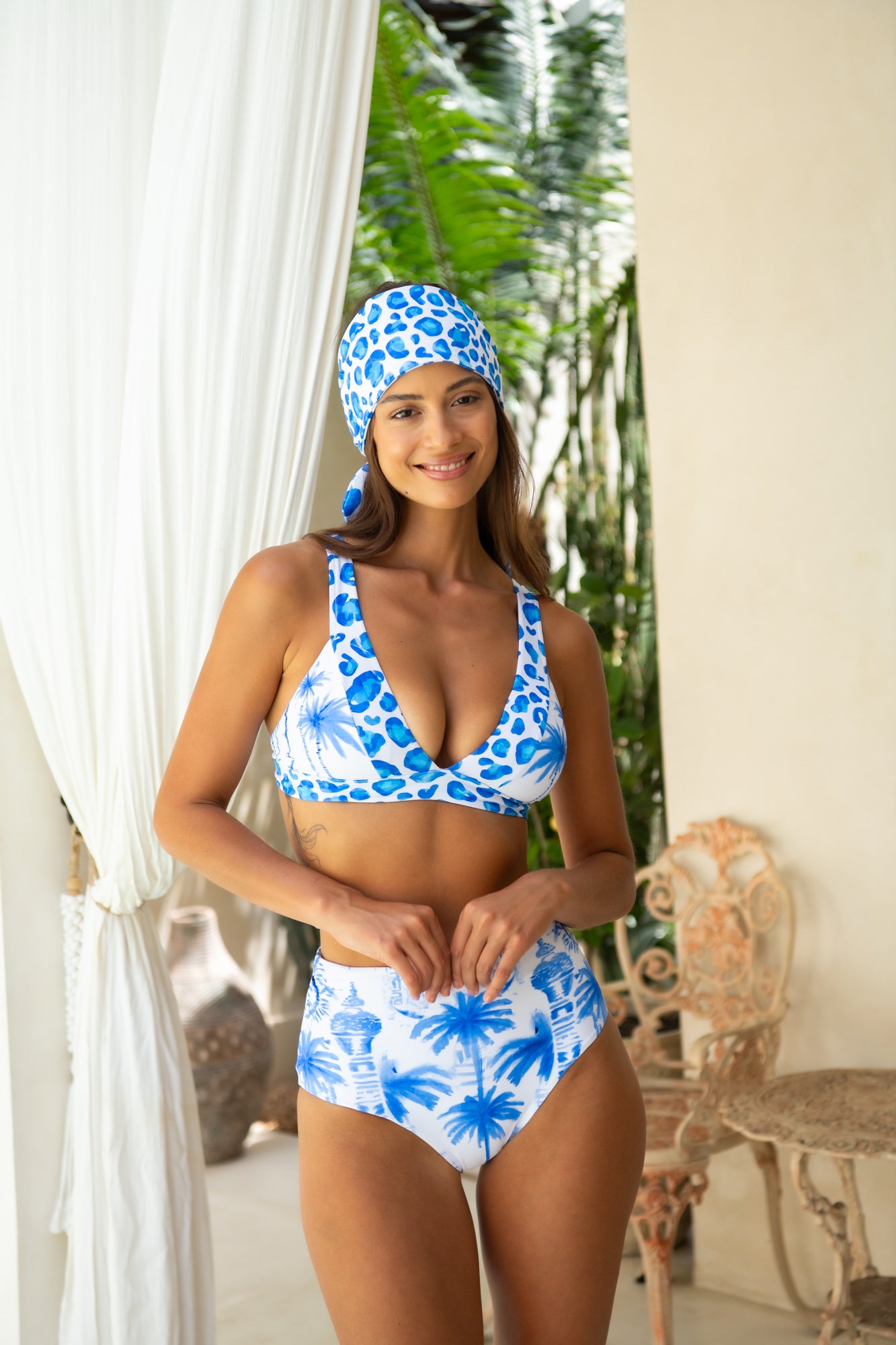
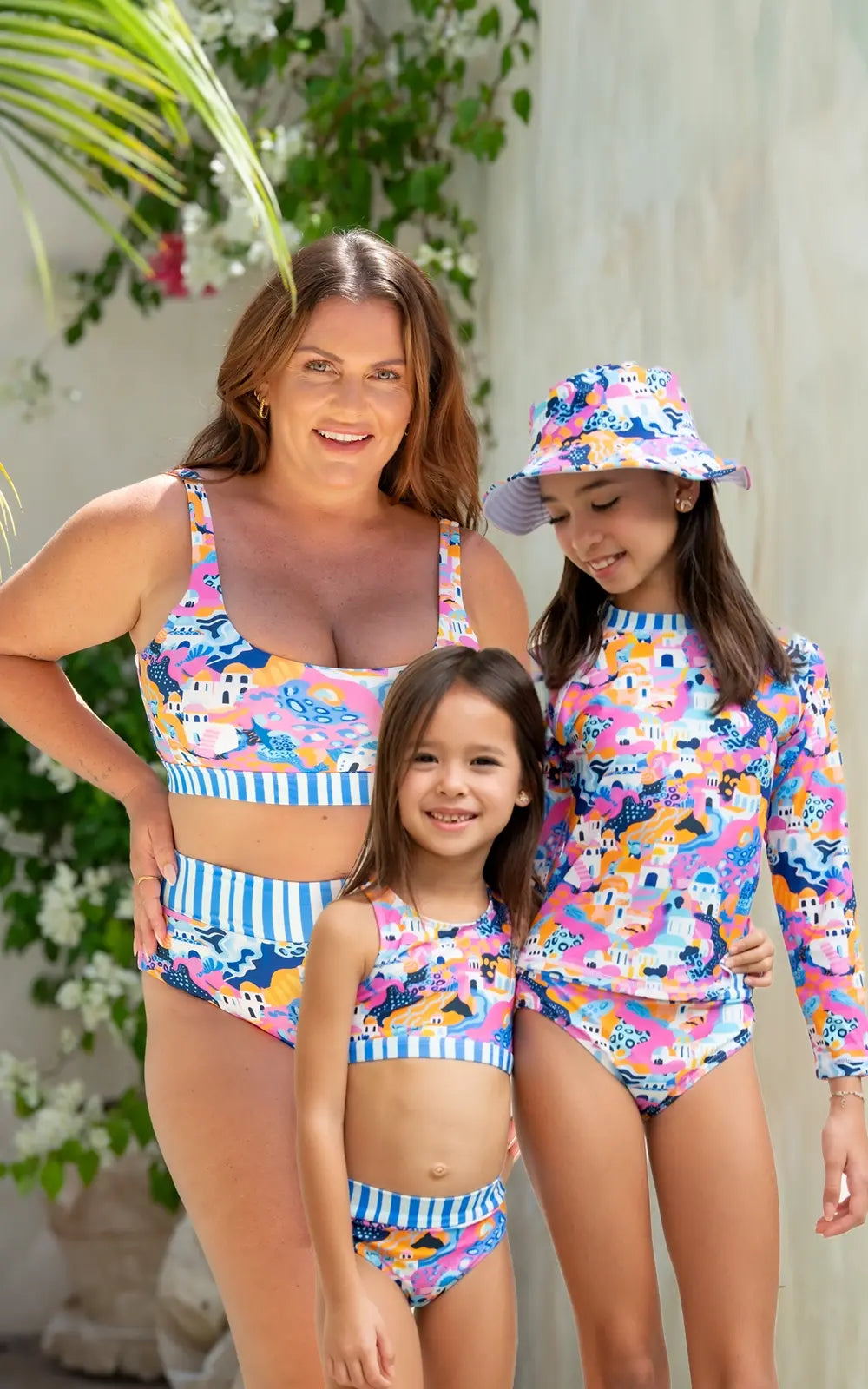
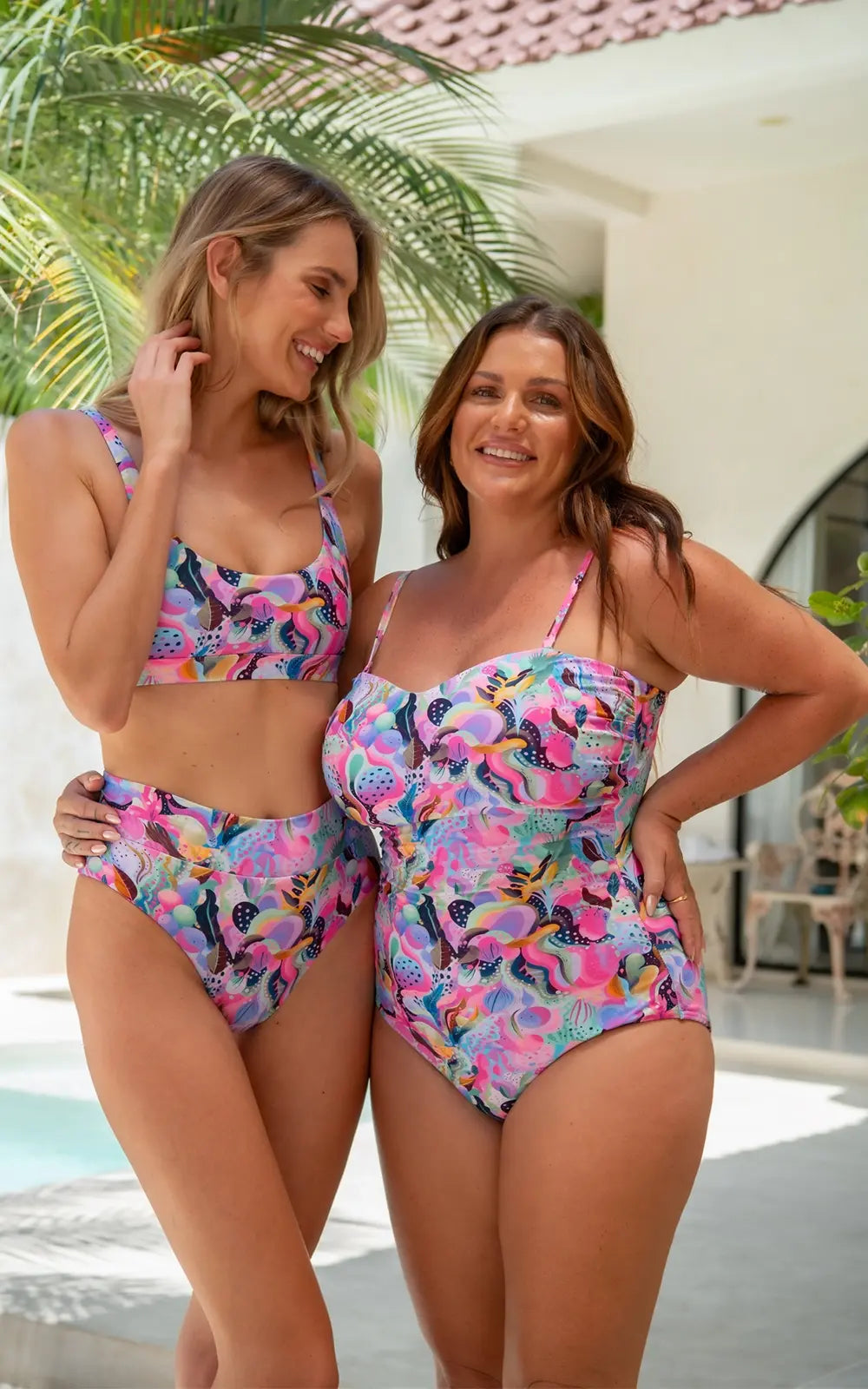
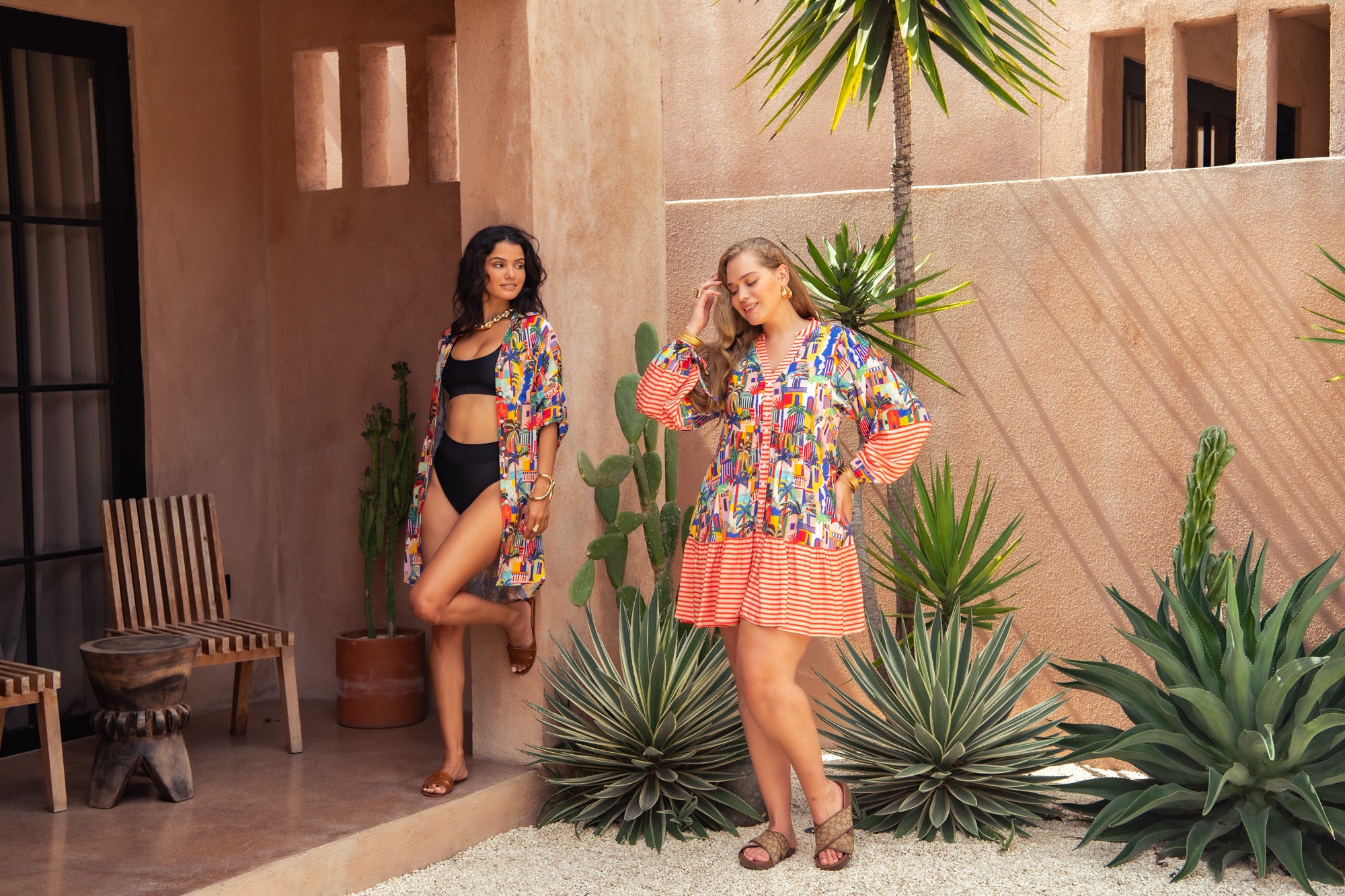
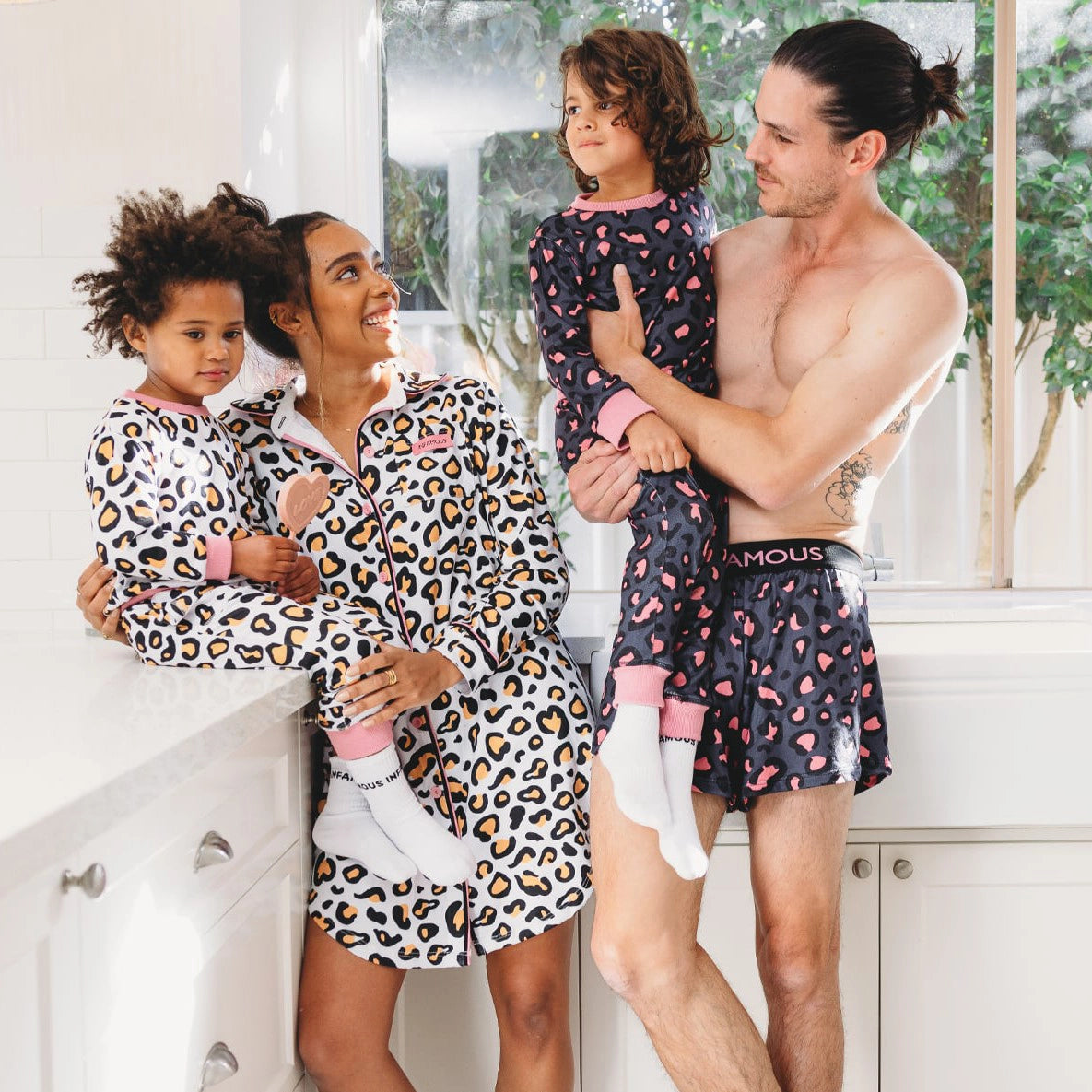
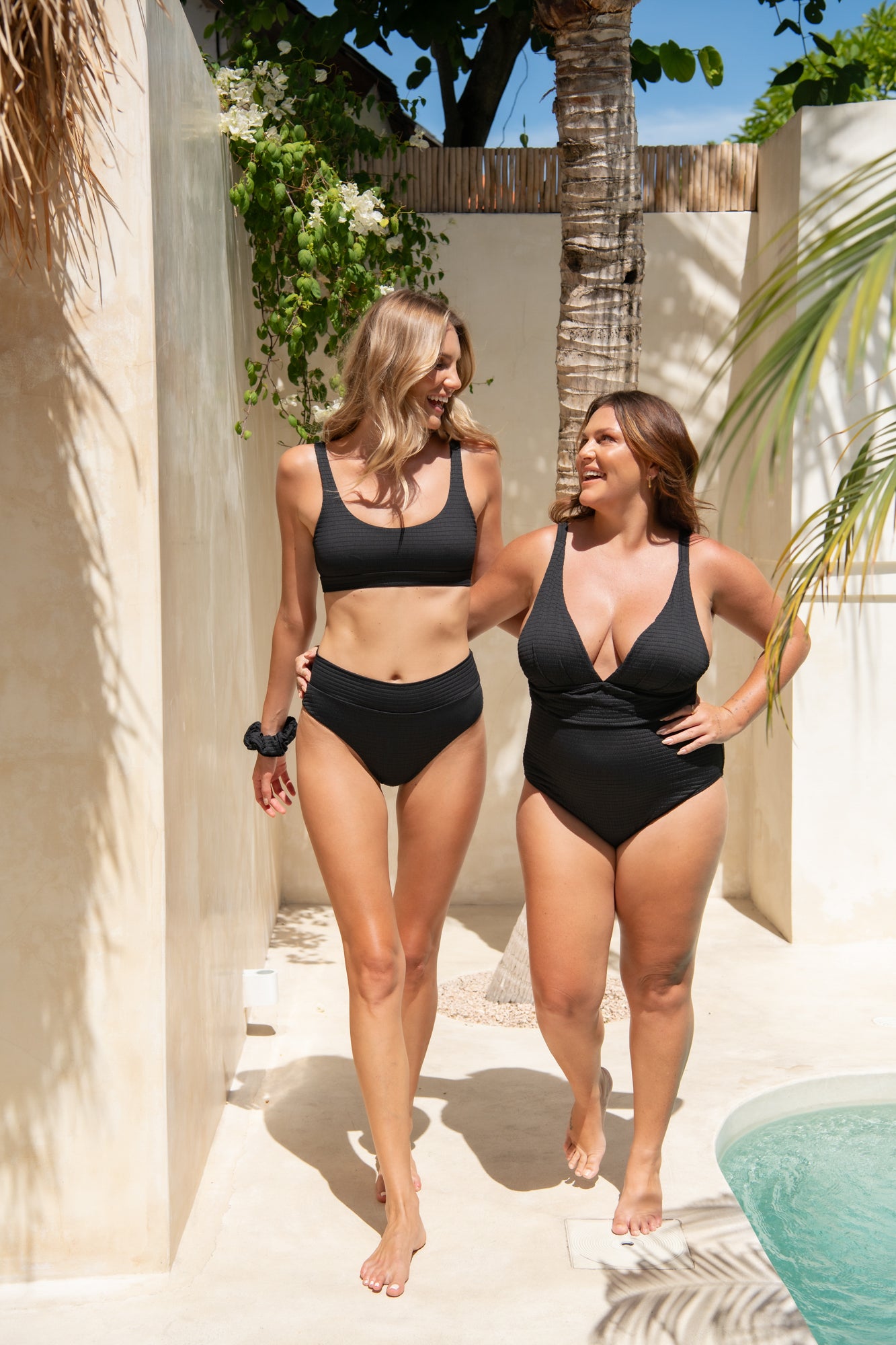

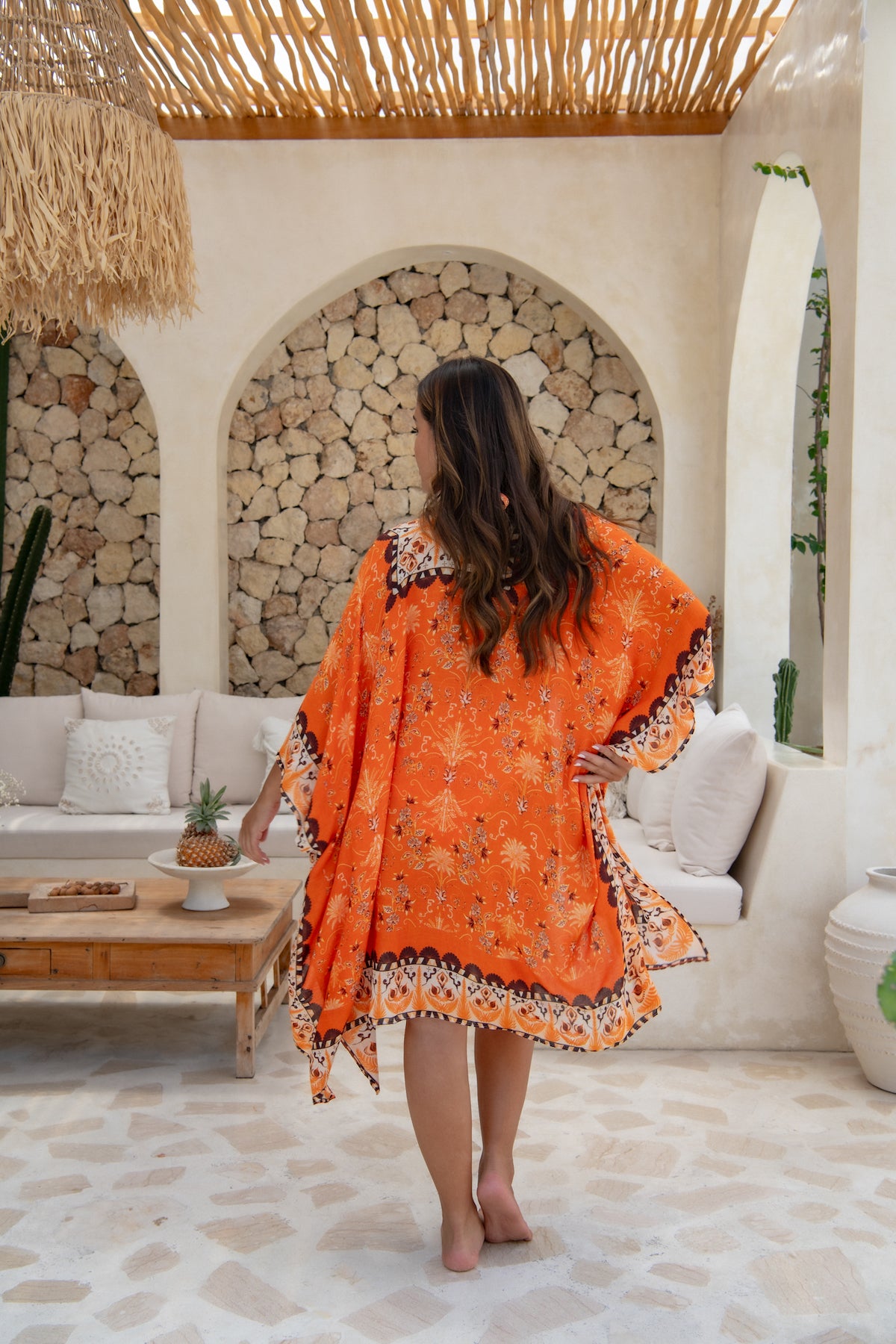
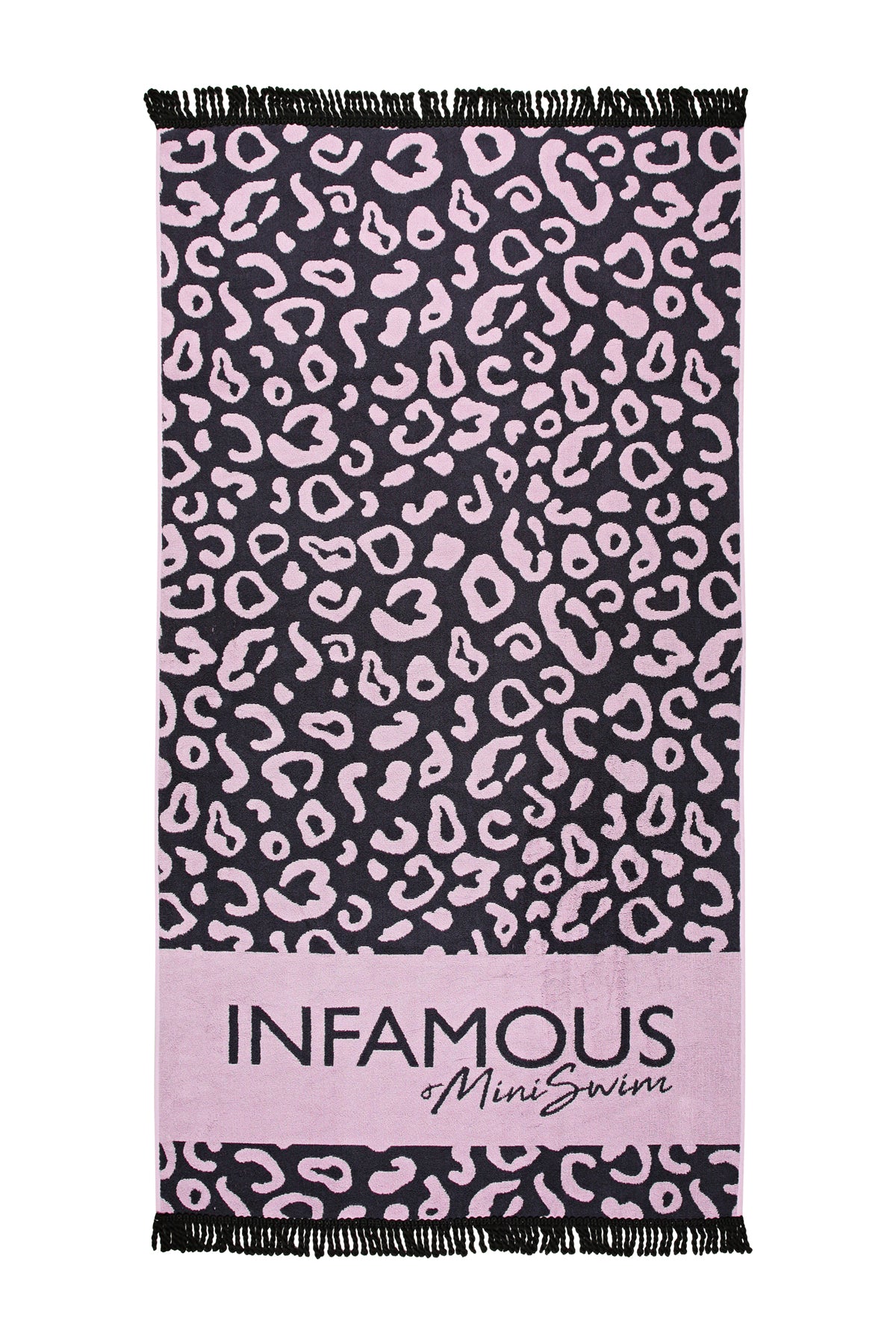
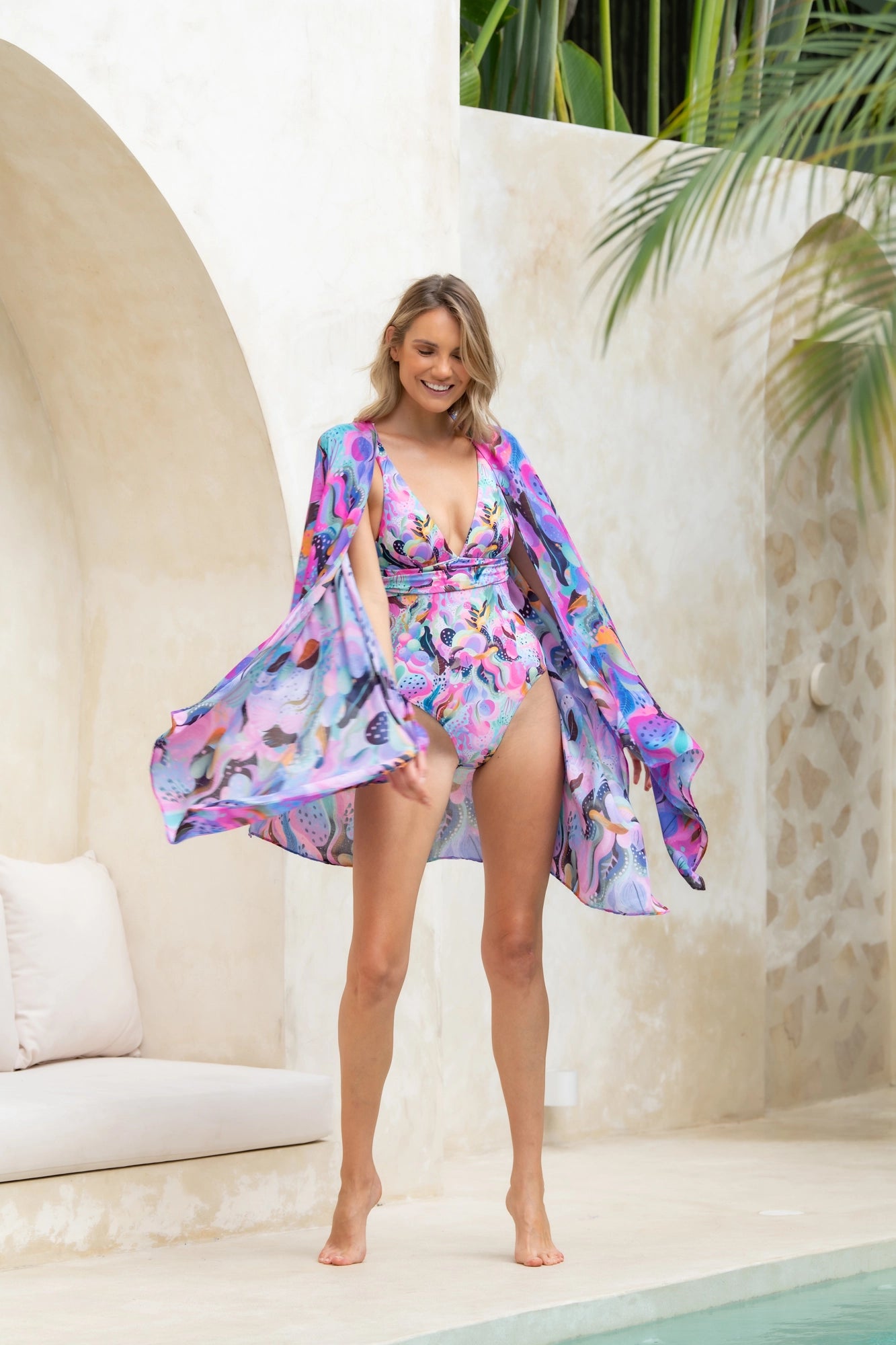
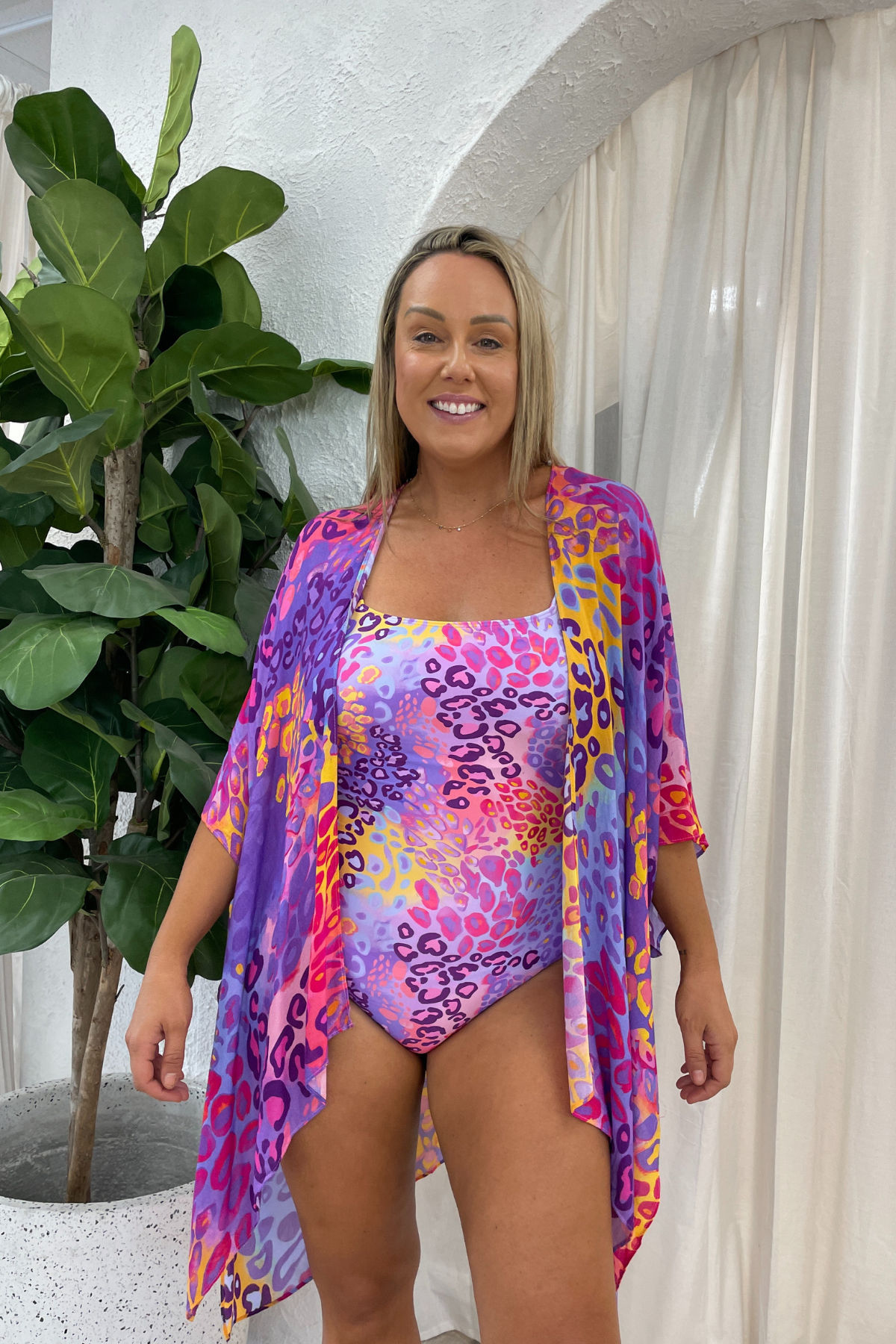
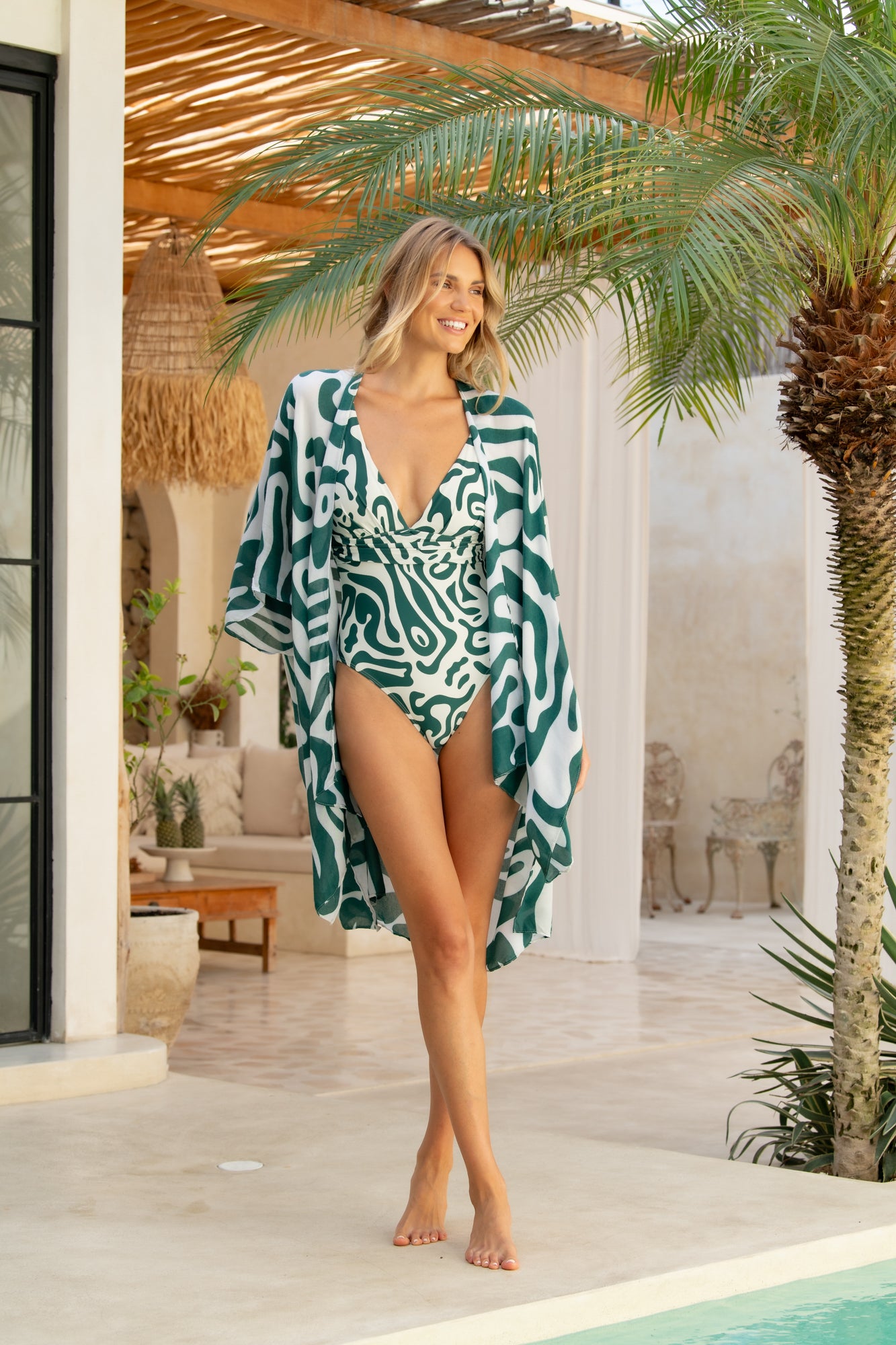

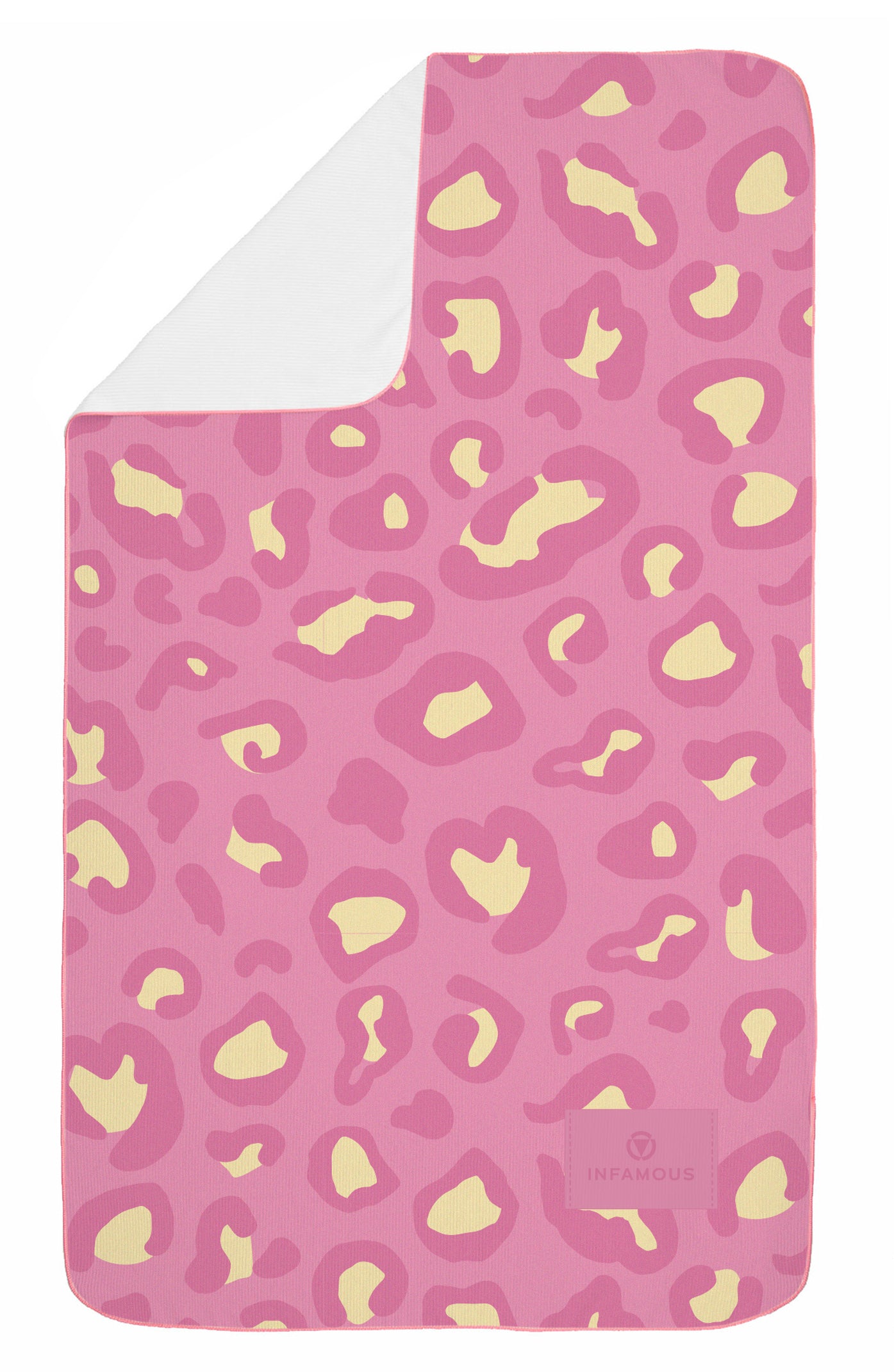


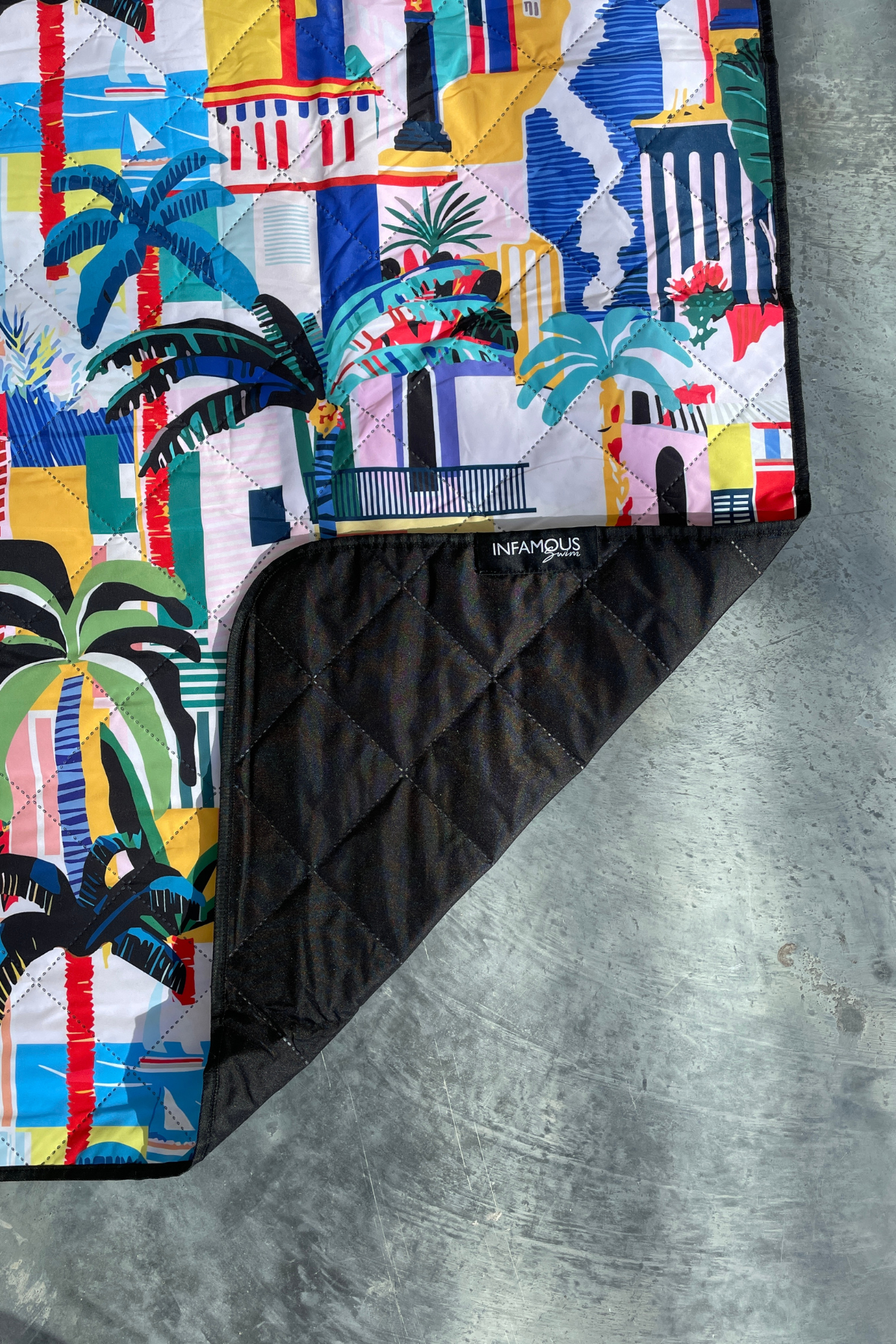
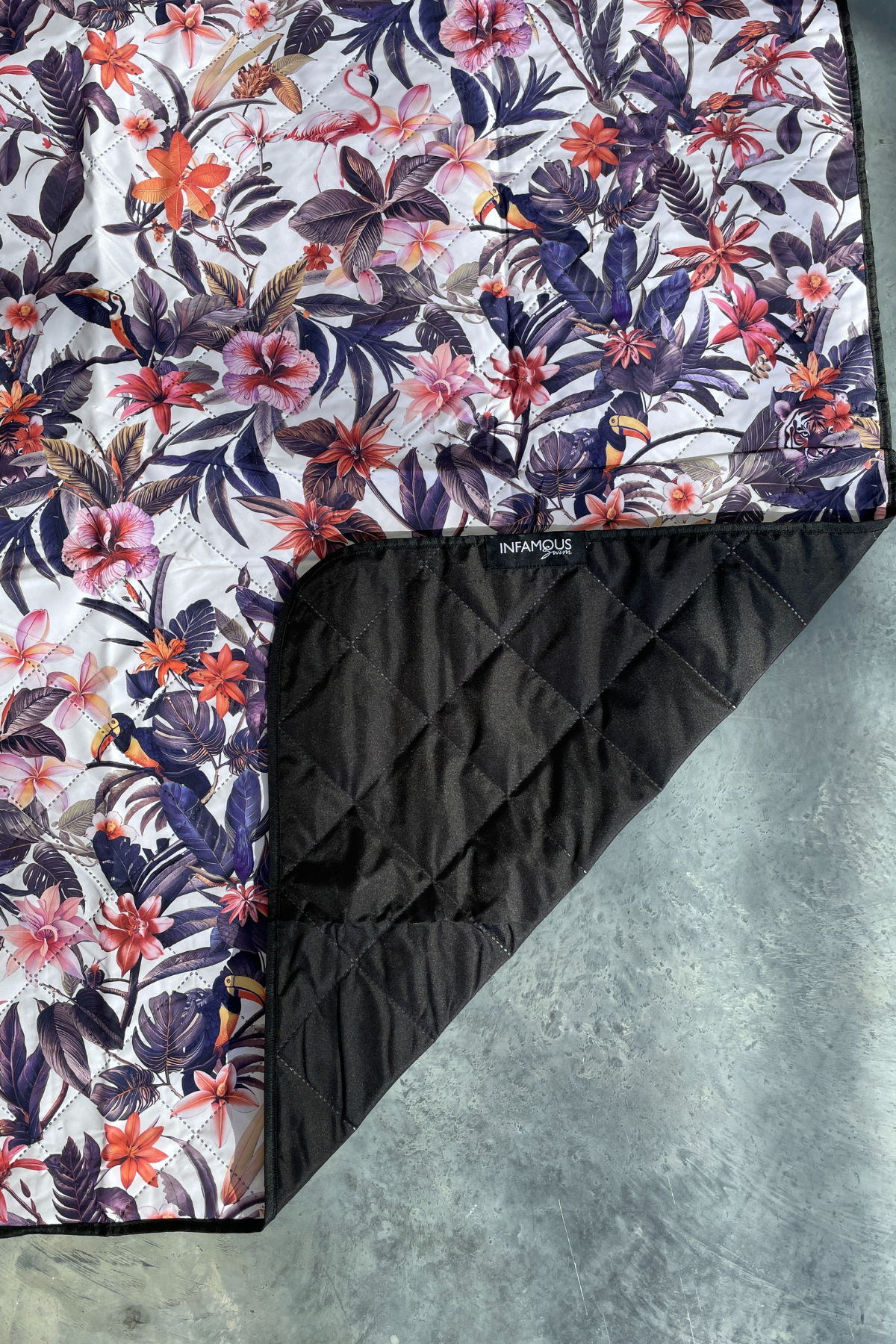

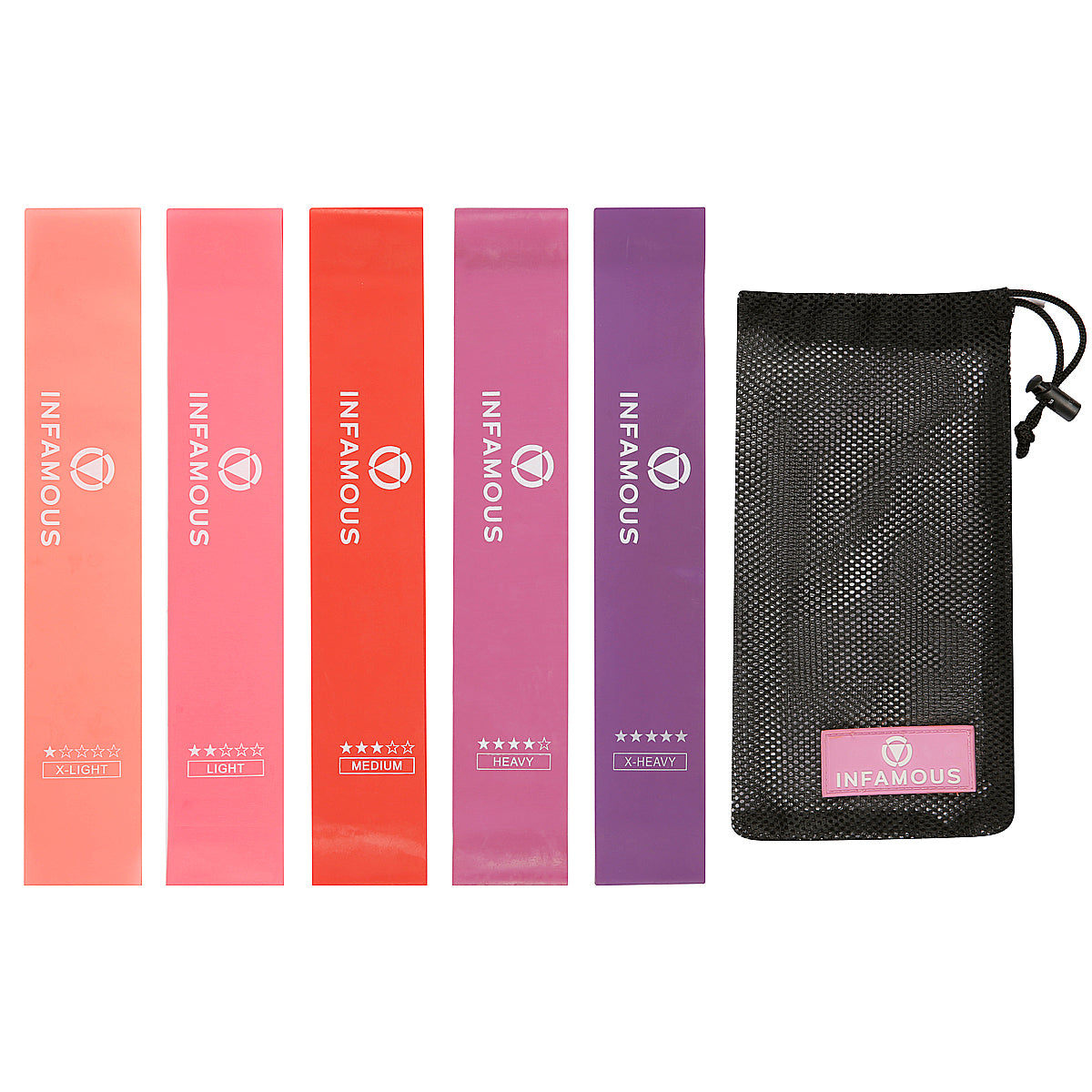
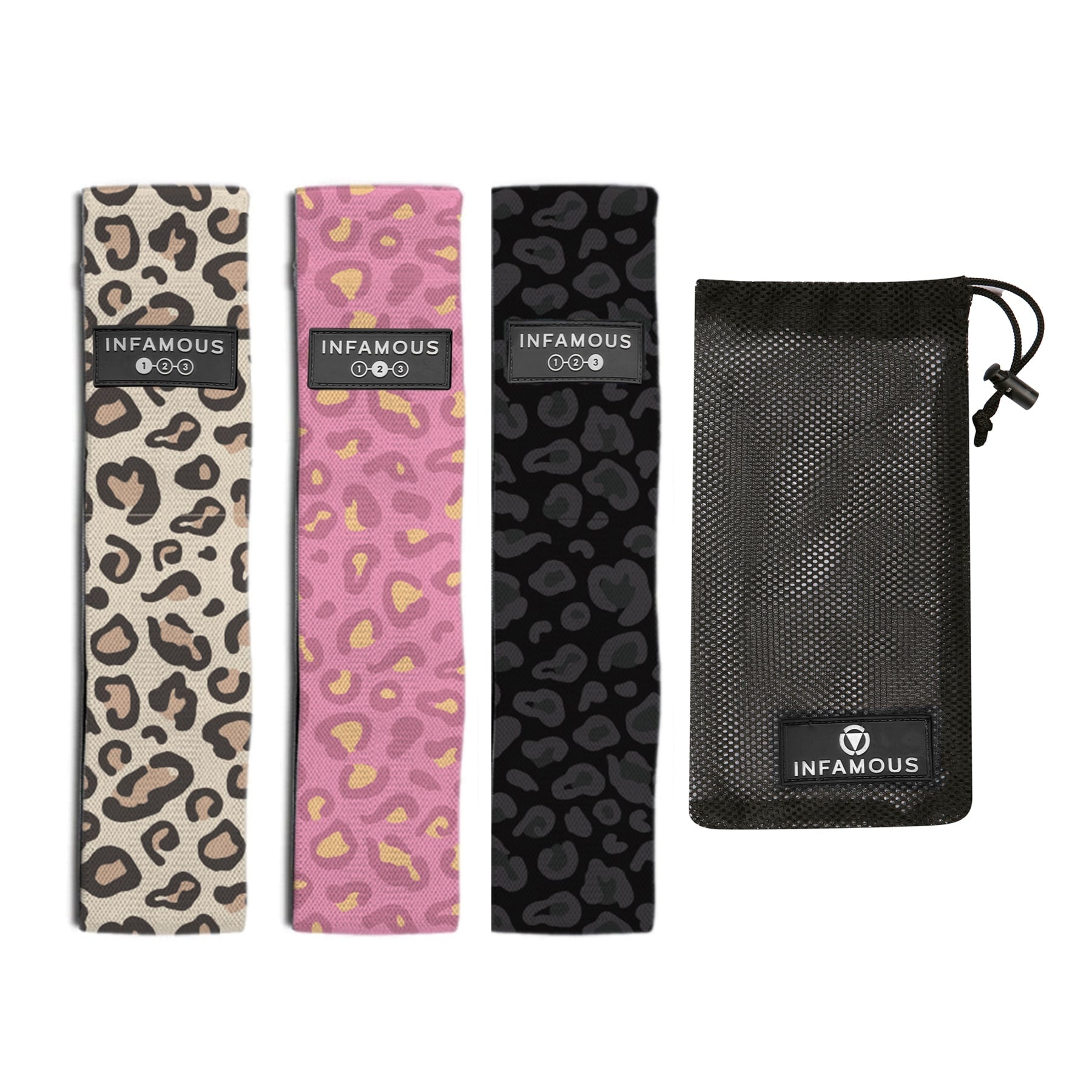
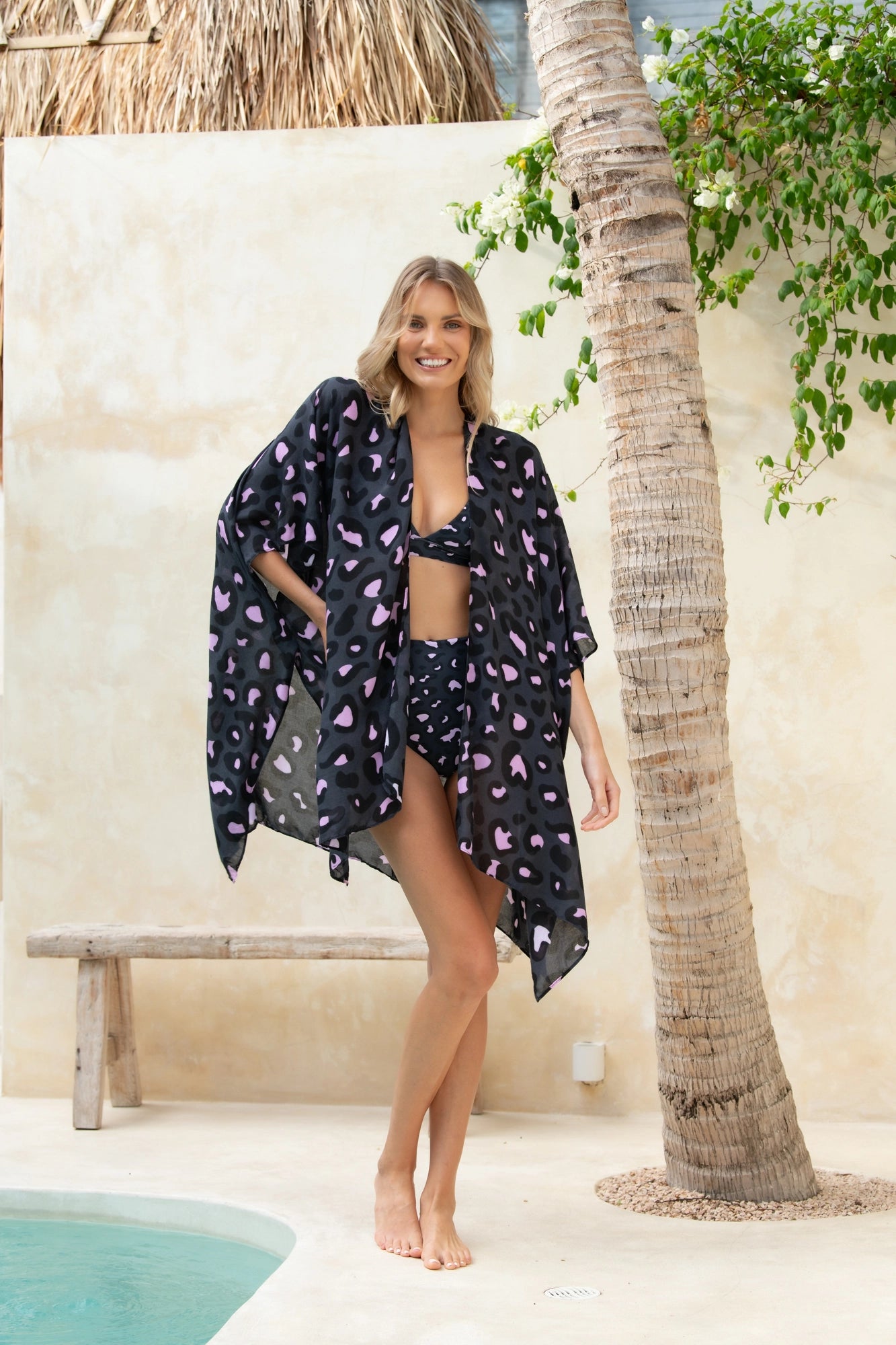
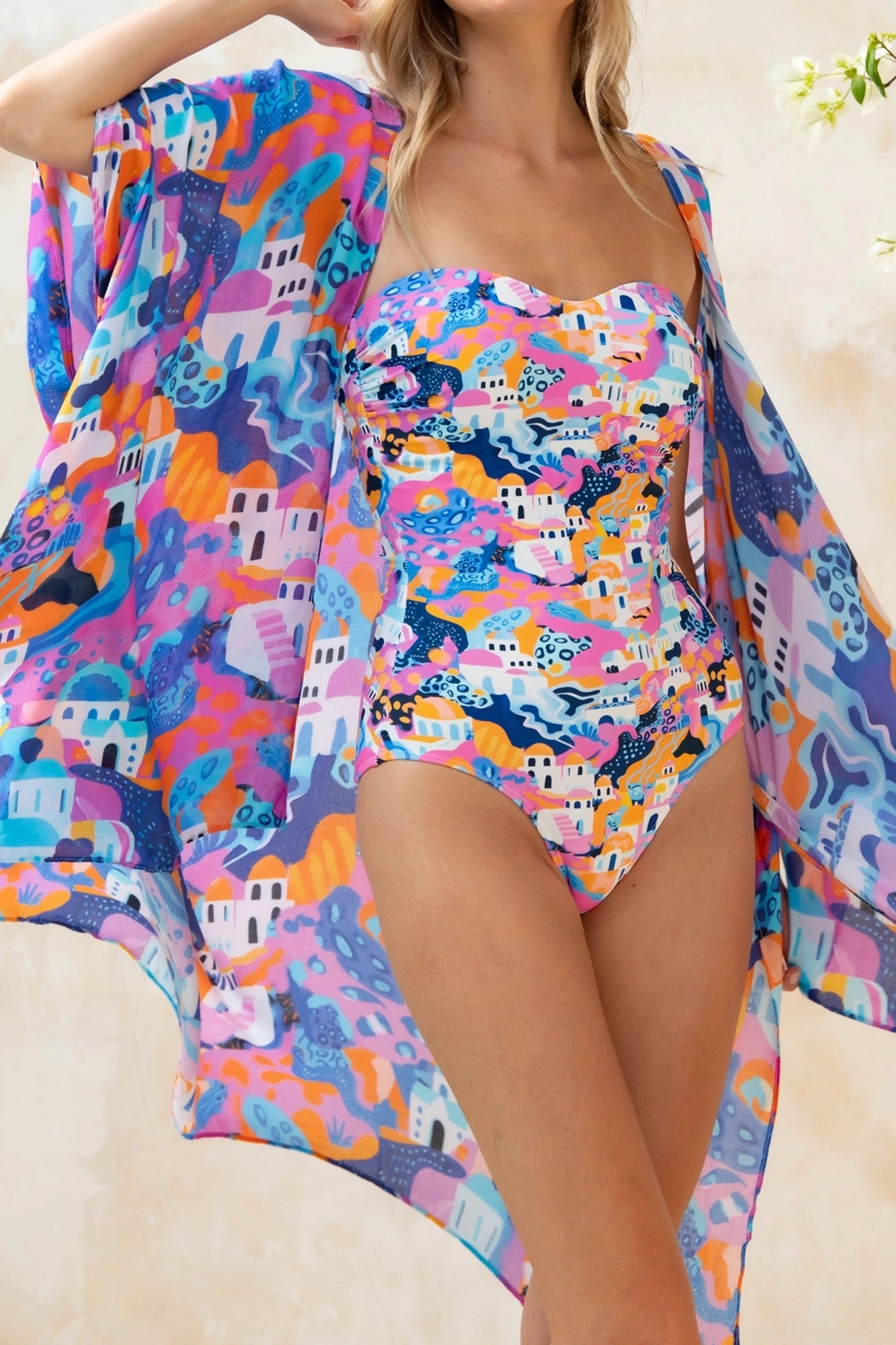
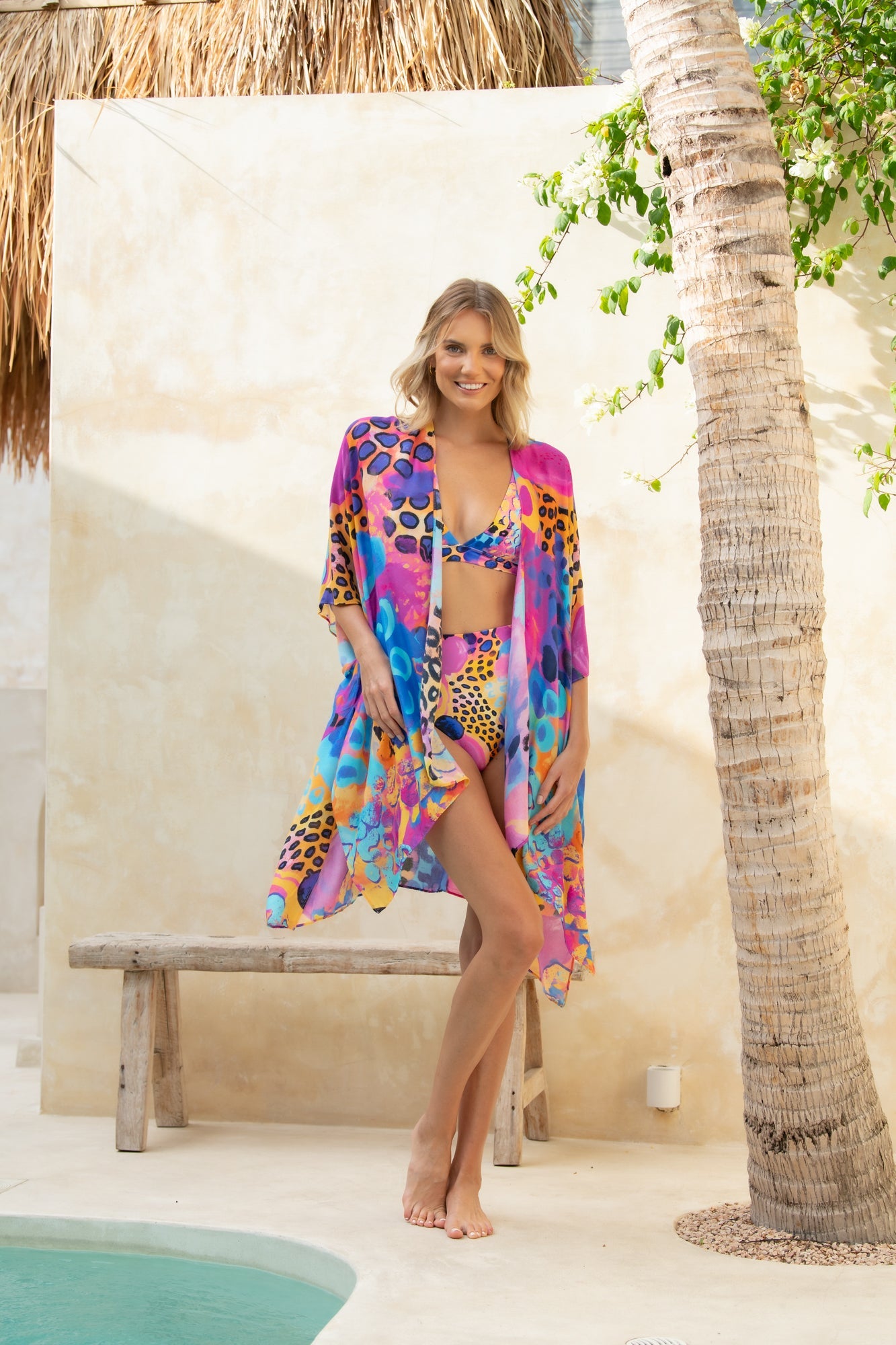
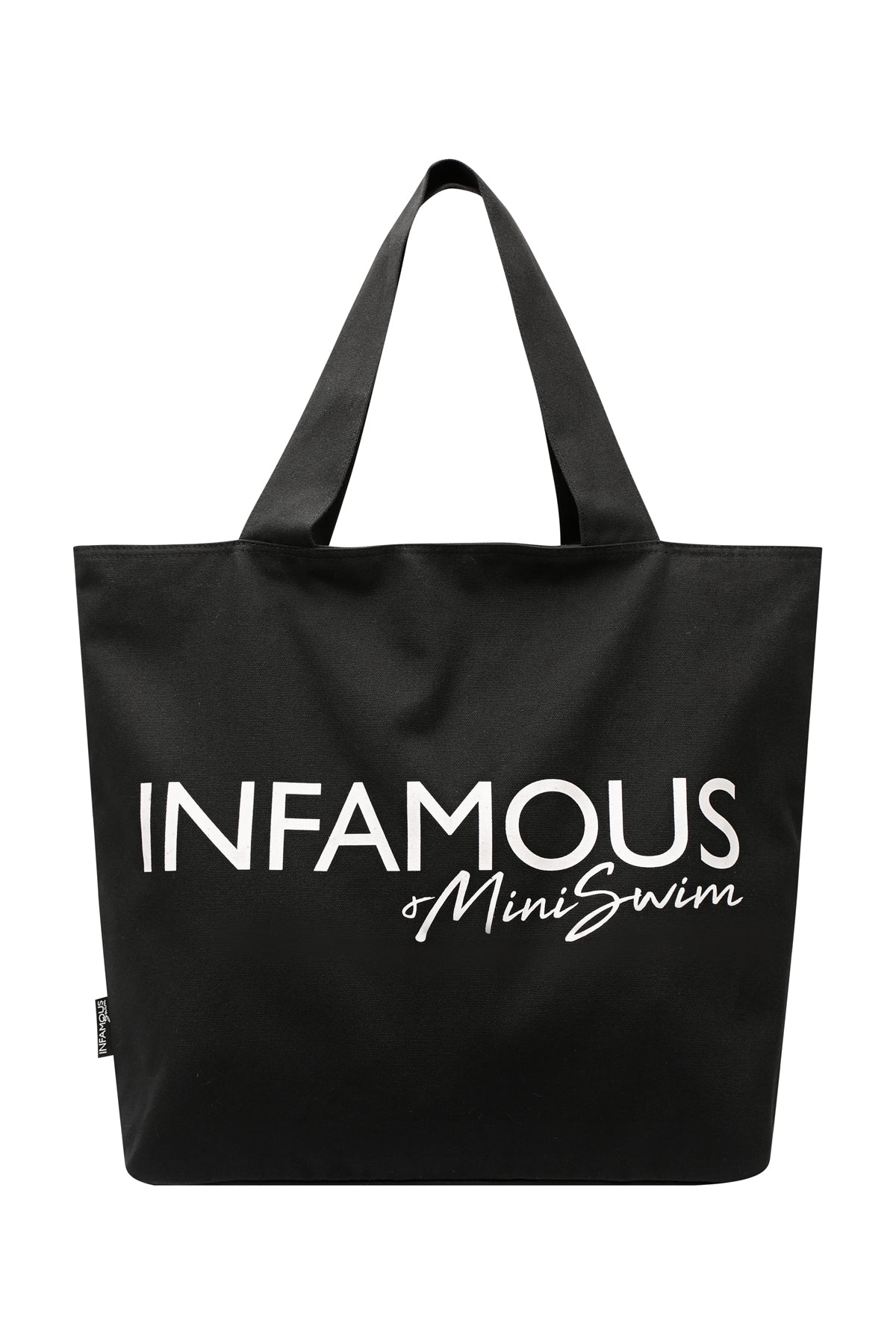
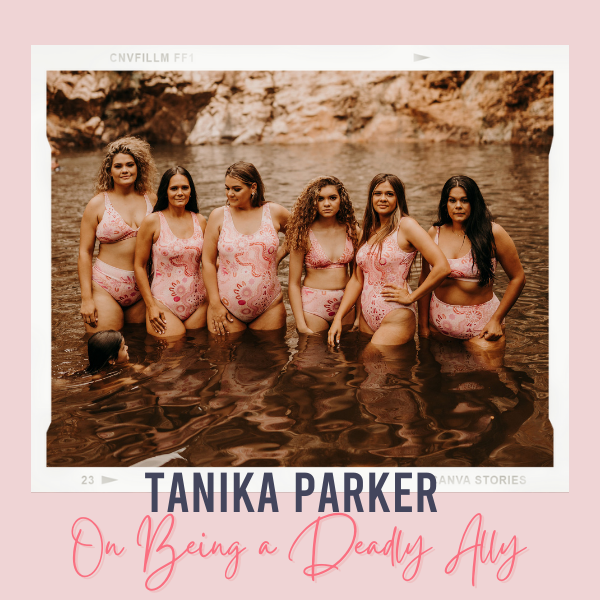
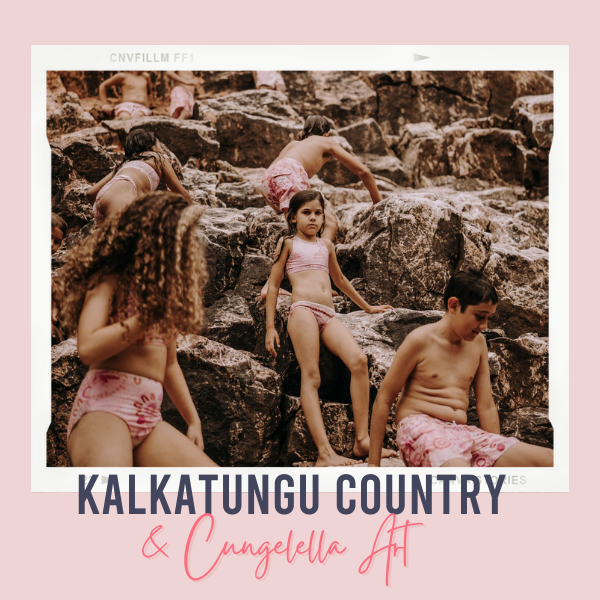
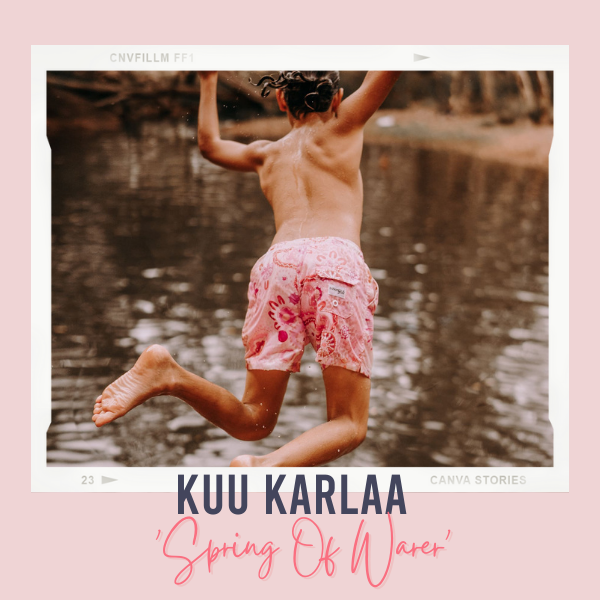
LEAVE A COMMENT
All comments are moderated before being published.
This site is protected by reCAPTCHA and the Google Privacy Policy and Terms of Service apply.